


In response to the community consultation that was carried out in early 2019, ALA identified data quality as one of the key areas that it needed to work on. The first stage in the Data Quality project created a set of filters that remove records that are most likely to be of poor quality or not fit-for-purpose from search results. These Data Quality filters have been available in the BioCache for a while and are now also available in AVH.
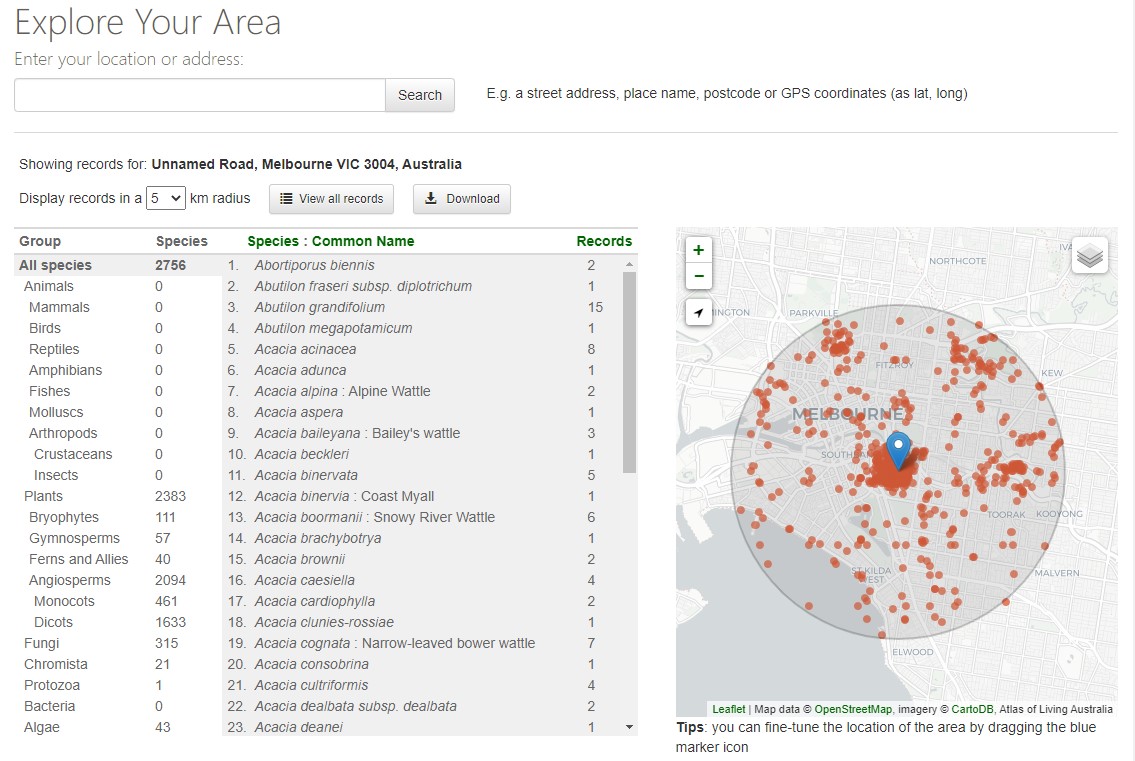
The ‘Explore your area’ functionality has been available in the ALA for years, but I for one never knew it was available in the AVH as well.
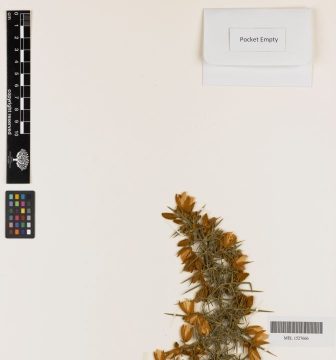
A team of Victorian researchers has analysed data extracted from over three million plant specimens to reconstruct the introduction of invasive plant species into Australia for the first time.
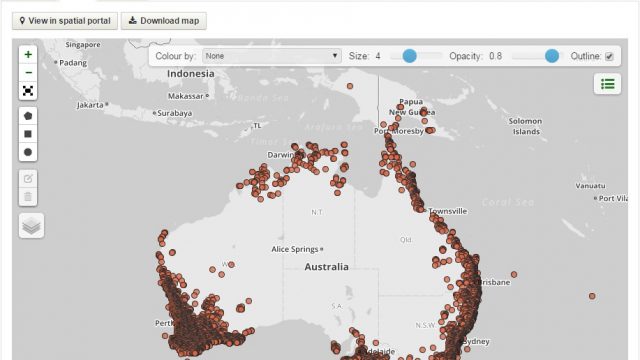
We are pleased to announce the release of a new version of Australia’s Virtual Herbarium (AVH). The new version comes with significant interface improvements and additional querying capability, as well as a new responsive design that ensures AVH also works on small screens.
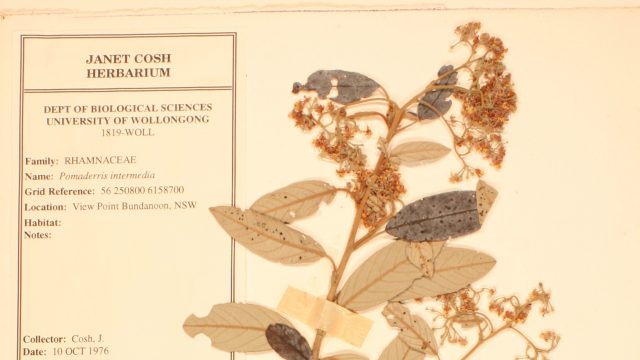
Australia’s Virtual Herbarium has had an exciting start to the year, with two new data providers coming on board: the Janet Cosh Herbarium (WOLL, based at the University of Wollongong), and the La Trobe University Herbarium (LTB).
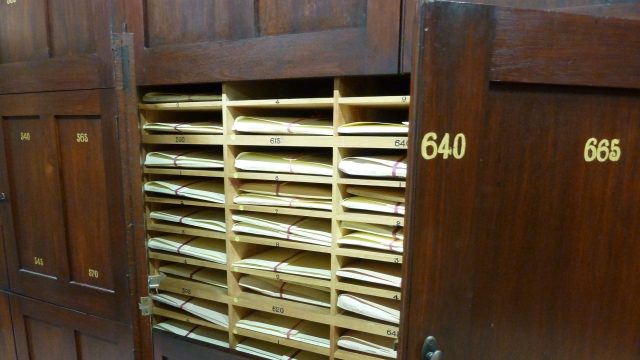
This week, Australia’s Virtual Herbarium (AVH) welcomed a new data provider: the University of Melbourne Herbarium (MELU). Home to approximately 100,000 specimens, MELU is the largest university herbarium in Australia. About 10 per cent of the collection has been databased to date, adding over 9,000 records to AVH.

PRESS RELEASE, 12/08/2014
An Australian online resource, which is proving invaluable for scientific research and conservation efforts here and overseas, reached a significant milestone this week.

The Atlas of Living Australia has recently posted a blog entry describing the data processing in the Atlas. As AVH is part of the Atlas and AVH data undergoes the same data processing as other ALA data, this blog is of interest to AVH users as well. You can find the blog entry at http://www.ala.org.au/blogs-news/data/data-processing.